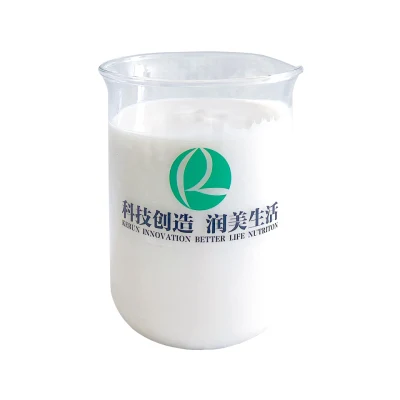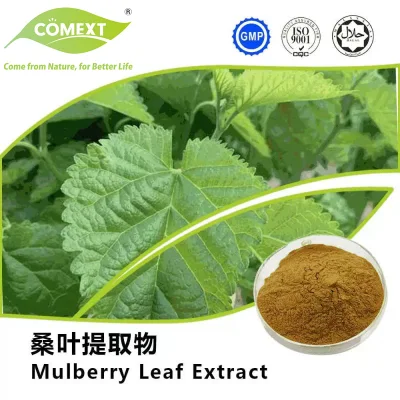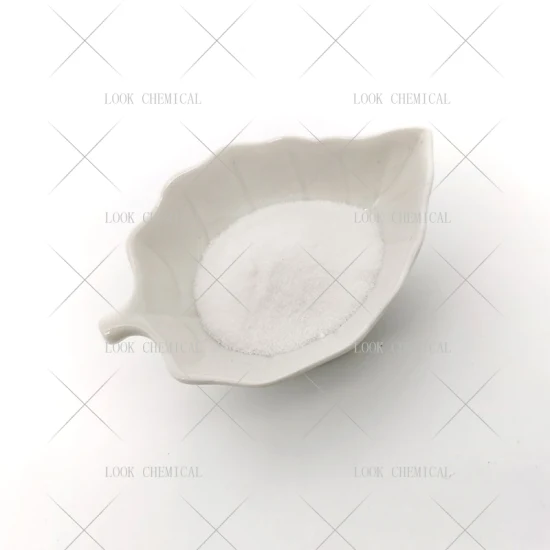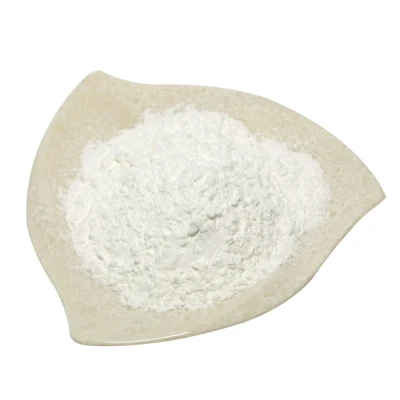
Pigment Printing Thickener Printig and Dyeing Auxiliary Production
SECTION 1: COMPANY IDENTIFICATION RESPONSIBLE ENTERPRISE: QINGDAO KERUN BIO-TECHNOLOGY CO.,LTD. Supplier: QINGDAO KERUN ;
Basic Info
| Model NO. | KR-711B |
| Transport Package | Drums |
| Specification | 50kgs/125kgs |
| Origin | China |
| HS Code | 3809910000 |
| Production Capacity | 10000000kgs/Year |
Product Description
SECTION 1: COMPANY IDENTIFICATION
RESPONSIBLE ENTERPRISE: QINGDAO KERUN BIO-TECHNOLOGY CO.,LTD.
Supplier: QINGDAO KERUN BIO-TECHNOLOGY CO.,LTD.
SECTION 2: COMPOSITION/INFORMATION ON INGREDIENTS
Product name: PIGMENT PRINTING THICKENER KR-711B
HS CODE: 3906.9000
| Component | CAS-No | Concentration |
| A. ACID COPOLYMER | 25035-69-2 | 35.0% |
| EMULSIFIER | 1338-43-8 | 21.0% |
| WATER | 7732-18-5 | 44.0% |
SECTION 3: HAZARDS IDENTIFICATION
Eye contact: May cause eye irritation, redness, tearing
Skin contact: No bad effect if contact with skin
SECTION 4: FIRST AID MEASURES
General advice
Consult a physician. Show this safety data sheet to the doctor in attendance.
If inhaled, move person into fresh air. If feeling that it is difficult to breath or have contacted for a long time, Consult a physician.
In case of skin contact
Immediately take off the clothes, washing with plenty of water using the soap or special detergent.
In case of eye contact
You should rinse the eyes for 10 minutes. If the eyes are still very afflictive, please seek medical attention.
If swallowed
Never give anything by mouth to an unconscious person. Rinse mouth with water. Drink plenty of water. Consult a physician.
SECTION 5: FIREFIGHTING MEASURES
5.1 Extinguishing media
Suitable extinguishing media
Use extinguishing measures that are appropriate to local circumstances and the surrounding environment.
5.2 Limits No limit
5.3 Fire/Explosion hazard No
5.4 Main burning gas NH3
5.5 Personal protection Nose and mouth breathing respirator
SECTION 6: ACCIDENTAL RELEASE MEASURES
6.1 Personal protection
Wear appropriate rubber protective gloves and chemical safety goggles, people without protective equipments should leave.
6.2 Environmental precautions
Do not let product enter sewage system, pot holes, soil. Discharge into the environment must be avoided.
6.3 Methods and materials for containment and cleaning up
Sweep up and shovel into containers marked as chemical waste. Keep in suitable, closed containers for disposal.
SECTION 7: HANDLING AND STORAGE
7.1 Occupational health
Avoid swallow, inhale, contact with skin and eyes, follow good industrial health habits and rules
7.2 Fire prevention No special measures
7.3 Storage requirements Store in shady, dry, ventilated place.
7.4 Quarantine measures No special measures
7.5 Storage conditions
Minimum storage temperature : ≥-2°C
Maximun storage temperature : ≤55°C
Keep container tightly closed, in a well-ventilated workplace.
SECTION 8: EXPOSURE CONTROLS/PERSONAL PROTECTION
8.1 Occupational exposure limits See related laws and regulations
8.2 Basic personal protection
Wear appropriate rubber protective gloves and chemical safety goggles, people without protective equipments should leave.
SECTION 9: PHYSICAL AND CHEMICAL PROPERTIES
9.1 Information on basic physical and chemical properties
a) Form: viscous paste emulsion
b) Color: white or light yellow
c) Odour: Slightly alcohol odour
9.2 Relevant safety data
a) Auto-ignition temperature >350°C
b) Explosion limits no hazards of explosion
c) Density 0.95-1.05g/cm3
d) Water solubility Any dilute ratio with water
e) pH 6.0-7.0 (at 25 °C)
f) flash point >160°C
g) Ionicity Cationic/nonionic
SECTION 10: STABILITY AND REACTIVITY
10.1 Avoid contact: Strong acid, strong alkali, strong oxidant
10.2 Hazardous decomposition products
Follow suggested using method, no hazardous material released
SECTION 11: TOXICOLOGICAL INFORMATION
11.1 Acute toxicity
LD50 Oral - mouse >2000 mg/kg
11.2 Preliminary skin irritation - rabbit No irritation
11.3 Adverse reaction to people Non
11.4 Additional information acute toxicity is the testing for similar composed product
SECTION 12: ECOLOGICAL INFORMATION
12.1 Ecological Toxicity
Toxicity to fish LC50 - other fish - <110 mg/l - 96 h
12.2 Metal content
Metal content is lower than limits from association of ecology and virology
12.3 Additional information
Do not contain formaldehyde, glyoxal etc
Do not contain carcinogen such as azo, nitroso etc
SECTION 13: DISPOSAL CONSIDERATIONS
13.1 Product Follow local regulation, pour into dump or burn
13.2 Contaminated packaging Dispose as chemical.
SECTION 14: TRANSPORT INFORMATION
According to transport regulations, not classified as hazardous
SECTION 15: REGULATORY INFORMATION
According to dangerous goods ordinance of classification, packaging and label, not classified as harmful substance.
SECTION 16: OTHER INFORMATION
16.1 References:
1. YANG GAOWEN/ZENG XIAOJUN/ZHAI CHUN/YE BO/HUANG HUANQING
PRINTING & DYEING AUXILIARY ISSUE NO.06 2004
2. TAO JINGHONG/ZHOU XIANGDONG/WANG LIJIE
PRINTING & DYEING ISSUE NO.17 2009
3. ZHANG JIBANG PRINTING & DYEING ISSUE NO.02 1999
4. XIANG HUIQIANG/MO ZHANJIANG/ZHANG SHUMIN
DYES AND DYEING ISSUE NO.02 2005
5. TANG ZHENHUA/SHE YANG/LI HAO/YAN HUA
ENVIRONMENTAL SCIENCE AND TECHNOLOGY ISSUE NO.21 2005
6. CHEN RONGQI PRINTING & DYEING AUXILIARY ISSUE NO.07 2006
16.2 Further information
License granted to make unlimited paper copies for internal use only.
The above information is believed to be correct but does not purport to be all inclusive and shall be used only as a guide. The information in this document is based on the present state of our knowledge and is applicable to the product with regard to appropriate safety precautions. It does not represent any guarantee of the properties of the product.
Prepared by: Development Department
Valid till: March, 2022
You may also like
Send inquiry
Send now




